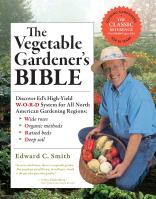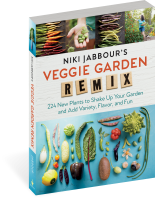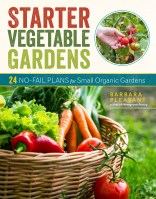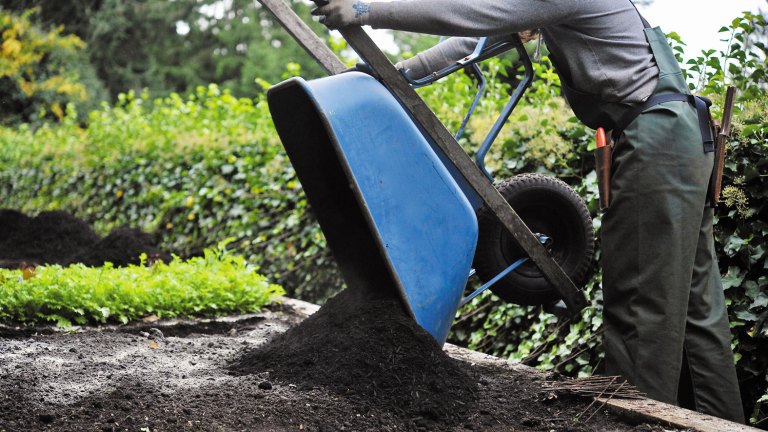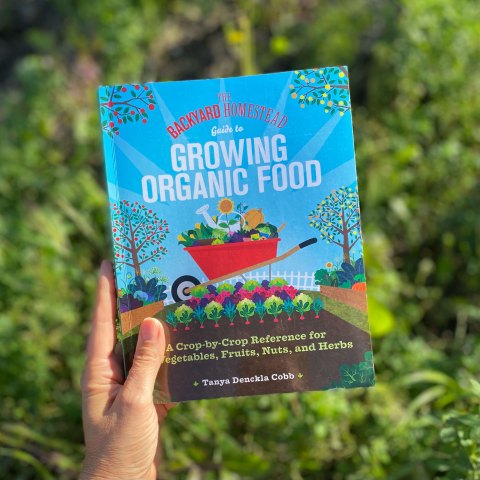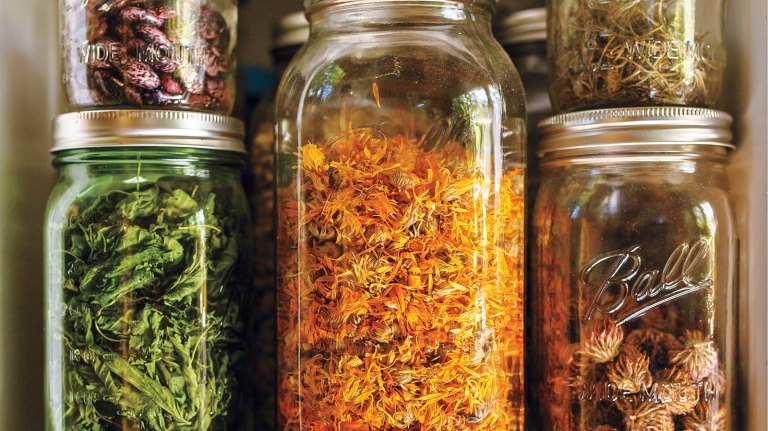Buying Tomato Seedlings: The Pros and Cons
Don’t have the time and space to grow your tomato plants from seed? Here’s what to be aware of when you source your seedlings from somewhere else.
There are many reasons to start with seedlings, rather than starting your own seed. If you didn’t plan ahead, don’t have the desired seeds in hand, have germination issues with the seed, or don’t have space or time, you’ll want to purchase tomato seedlings for your garden. Fortunately, the popularity of heirloom tomatoes has done wonders for the availability of seedlings, whether from seed companies, small seedling suppliers, or local farmers’ markets.
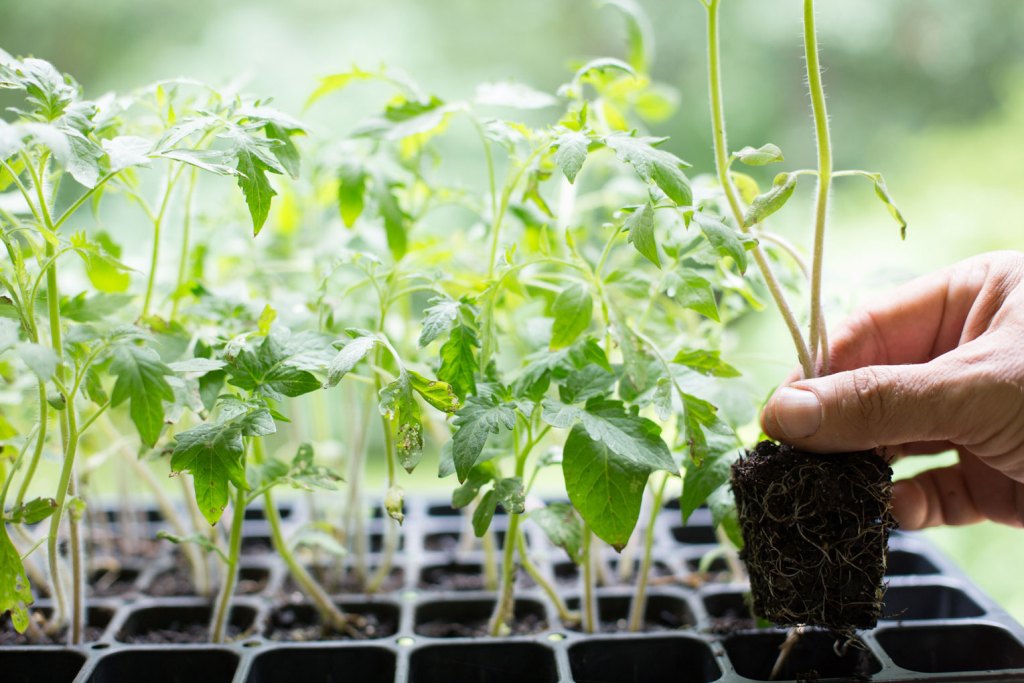
THE PROS
The advantages of using pre-started seedlings (purchased locally or through mail order or shared from gardening friends) generally focus on convenience, space constraints, and timing. Starting tomatoes from seed requires up-front planning, selecting and purchasing of seeds, and an appropriate space in which to grow the seeds. And packets of seeds often provide far more seeds for a variety than are required.
By eliminating the steps and materials involved in starting your own seed, planting your garden with purchased tomato seedlings could end up being more cost-effective. By obtaining just the number of plants you need, you avoid the conundrum of what to do with the numerous excess seedlings that often result from overly ambitious gardeners starting too many plants of too many varieties. You also avoid the annual angst of trying to nurture self-started seedlings along in a healthy state in the typically unsettled late winter and early spring weather.
THE CONS
If you do choose to plant your garden with purchased tomato seedlings, it is important to know the various risks. Tomato seedlings are quite tender and there is always the chance that mail-order plants will not arrive in good condition. The cost of seedlings, when compared to seeds, is significantly higher, especially when considering shipping costs. And, of course, you’ll have a much narrower selection of tomato varieties if you buy seedlings than you would if you started them yourself.
If you purchase seedlings locally, you might still encounter plants that have been mishandled, underwatered, or infected with diseases.
Seedlings that are greenhouse-grown may not have been hardened off properly. (On this note, larger is not necessarily better, as smaller, well-hardened seedlings will adapt more quickly to being planted out than leggy, less-hardened specimens.) It is important to watch for seedlings that have been only recently transplanted and have yet to develop an effective root system in the container.
Finally, there is always a chance that the tomatoes you end up with are not what you expected (this is a possibility with seeds, too). One of the inevitable downsides to the popularity of heirloom tomatoes is that not all the vendors that have cropped up recently take care to ensure the accuracy of their seed sources. This just reinforces the importance of seed-saving organizations and those avid heirloom variety guardians, for whom historical and genetic accuracy is paramount.
When shopping for seedlings, be sure to ask questions to determine the vendor’s level of experience and familiarity with the varieties offered. Fortunately, good planting practices following seedling purchase will result in eventual success in all cases, save misidentified or diseased plants.
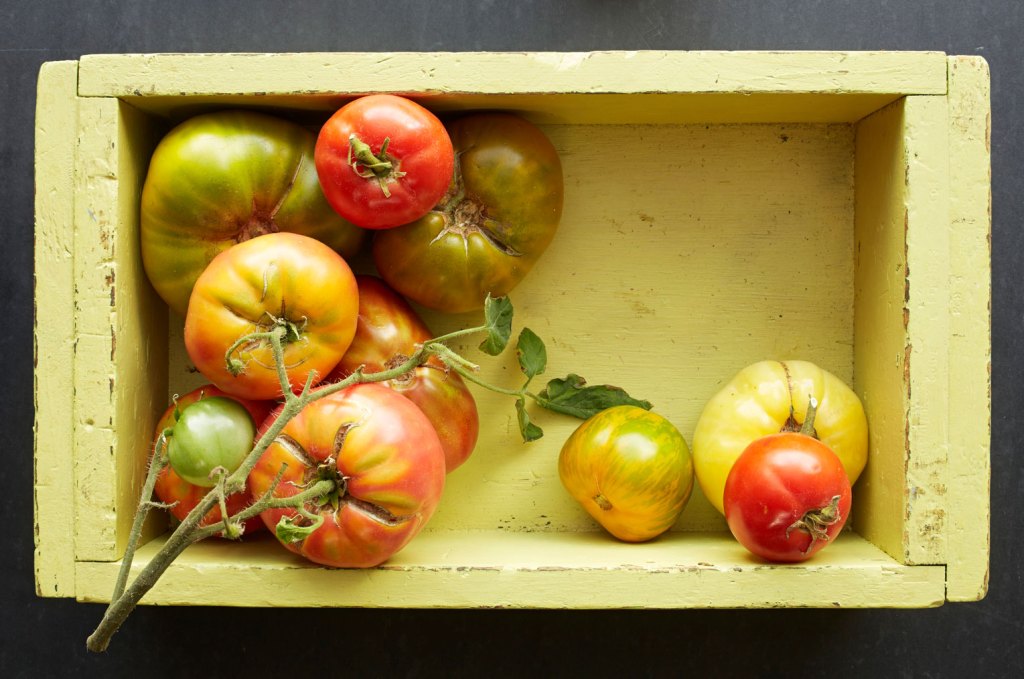
USE CAUTION WHEN PURCHASING SEEDLINGS
When buying seedlings, be sure to avoid seedlings that:
- Seem too large and leggy for their container size
- Have open flowers and fruit on plants that seem far too young
- Show blemishes or discoloration on the foliage or stems
- Are wilted, crowded, or generally unhappy looking
Gardening takes and handsomely repays the efforts put into it throughout the season, and everyone should aim for the best start possible to their season. Starting with substandard, unhealthy plants will only bring disappointment and frustration.
Excerpted and adapted from Epic Tomatoes © Craig LeHoullier.
Savor your best tomato harvest ever with this guide book for tomato enthusiasts!
Craig LeHoullier provides everything you to know about growing more than 200 varieties of tomatoes, from planting to cultivating and collecting seeds at the end of the season. He also offers a comprehensive guide to various pests and tomato diseases, explaining how best to avoid them.
With beautiful photographs and intriguing tomato profiles throughout, Epic Tomatoes celebrates one of the most versatile and delicious crops in your garden.



